
Richard is 88-years old and was recently hospitalized post myocardial infarction (MI) for placement of a stent and management of heart failure. Prior to the MI, he had hypertension that was controlled with medications and was living independently with his wife in their home. He was eating whatever he wanted and walking 15-30 minutes daily. Following the MI, his cardiologist drastically discouraged physical activity and ordered a low fat, low cholesterol, 2 gram sodium diet. His medications included 75 mg atenolol daily, 40 mg Lasix twice a day, 80 mg Lipitor daily, 8 mg warfarin daily, 75 mg Clopidogrel daily, and 80 mg low dose aspirin daily. At 5’5” tall, normally 145 pounds, he gradually lost weight and is now down to 106 pounds.
Richard is scheduled to be discharged home in the care of his 87-year old wife who is overwhelmed with the cardiologist’s dietary recommendations. How should you advise Richard and his wife?
Preventing Malnutrition
Nutrition recommendations for CVD in older adults vary based on diagnosis, age, and risk of malnutrition. Health care providers mean well by ordering therapeutic diets, but they can have a negative effect on the variety and palatability of food consumed. This can reduce enjoyment of eating, decrease food intake and lead to complications like unintended weight loss, malnutrition, sarcopenia, and frailty, leading to reduced functional ability and increased dependence.
It is critical to individualize nutrition interventions to assure the highest level of well-being for each person, and in many cases that means avoiding strict therapeutic diets. According to the Academy of Nutrition and Dietetics (Academy) Evidence Analysis Library, more liberal diets are associated with increased food and beverage intake in older adults1.
Medical Nutrition Therapy for Cardiovascular Disease in Older Adults
Hypertension, a risk factor for cardiovascular disease, affects approximately 70% of adults ≥ 65 years of age2. Lowering blood pressure can help reduce risk for stroke, MI, heart failure, and renal disease. Adults with hypertension should modify their lifestyles in conjunction with medications3. Blood pressure thresholds for treatment of older adults have been published by several organizations, but as a rule clinical judgement and patient preferences are recommended when setting treatment goals for older adults2. A liberal approach to dietary restrictions is indicated, especially if the older adult is already frail4.
Heart failure (HF) is one of the leading cause of hospitalization among older adults in the U.S. Twenty-three percent of HF patients are readmitted within 30 days of hospital discharge5. Treatment includes medications, a reduced sodium diet, regular physical activity, and in some cases medical devices like a pacemaker or defibrillator6. A 2000 mg sodium, 2000 mL fluid restriction is typically prescribed7 and has been found to improve clinical symptoms and quality of life8. However, some studies have found a higher risk of hospitalization with sodium intakes of less than 2760 mg/day9.
Current guidelines for older adults with atherosclerotic heart disease recommend a focus on overall risk factors rather than specific parameters for blood lipid levels10. It is unclear whether modification of blood lipids will prevent CVD in older adults11. Lipid levels can be controlled by medications while allowing an older person to enjoy food.
What About Richard?
Richards’s plan of care should be based on his condition, prognosis, threat of malnutrition and cardiac cachexia, and individual food preferences. Richard may never regain the weight he has lost but preventing continued weight loss and functional decline is an important goal. He should be counseled on eating healthfully by adopting the Dietary Approaches to Stop Hypertension (DASH) eating pattern or a Mediterranean style diet. But Richard’s quality of life is an important consideration, so if his food intake is poor or he is resistant to adopting new eating habits, a more liberal eating pattern may be needed, even if he regularly includes foods high in sodium or fat.
The Bottom Line
Person-directed choice is critical when working with older adults. Treatment decisions should be in coordination with the individual’s goals and preferences. Most older adults with CVD can benefit from an eating pattern that is moderate in fat, cholesterol, sodium, and added sugars. Evidence suggests that frail older adults often need a less restrictive diet to offset the risks of unintended weight loss and malnutrition and maintain their quality of life.
Originally published January 12, 2017.
References
- Evidence-Based Nutrition Practice Guideline on Unintended Weight Loss in Older Adults published 2009 by the Academy of Nutrition and Dietetics. http://www.andeal.org/topic.cfm?menu=5294. Accessed April 27, 2022.
- Kulkarni A, Mehta A, Yang E, et al. Older adults and hypertension: beyond the 2017 guideline for prevention, detection, evaluation, and management of high blood pressure in adults. American College of Cardiology web site. https://www.acc.org/latest-in-cardiology/articles/2020/02/26/06/24/older-adults-and-hypertension. Accessed April 27, 2022.
- James PA, Oparil S, Carter BL, et al. 2014 Evidence-based guideline for the management of high blood pressure in adults: Report from the panel members appointed to the Eighth Joint National Committee (JNC 8). JAMA. 2013;311 (5): 507-520. doi:10.1001/jama.2013.284427.
- Pioneer Network New Dining Practice Standards. Pioneer Network Food and Dining Clinical Standards Task Force. August 2011. http://www.pioneernetwork.net/Providers/DiningPracticeStandards. Accessed April 29, 2022.
- Ziaeian B, Fonarow GC. The prevention of hospital readmissions in heart failure. Prog Cardiovasc Dis. 2016; 58(4): 379-385. doi: 10.1016/j.pcad.2015.09.004.
- Heart failure: Treatment. National Heart, Lung, and Blood Institute web site. https://www.nhlbi.nih.gov/health/heart-failure/treatment. Accessed April 27, 2022.
- Academy of Nutrition and Dietetics Nutrition Care Manual. www.nutritioncaremanual.org. Accessed April 27, 2022.
- Escott-Stump S. Heart failure. In: Escott-Stump S. Nutrition & Diagnosis-Related Care. Chicago IL: Academy of Nutrition and Dietetics; 2022:474.
- Evidence-Based Nutrition Practice Guideline on Harms of Extreme Sodium Intake published 2014 by the Academy of Nutrition and Dietetics. https://www.andeal.org/topic.cfm?menu=5293&cat=5501. Accessed April 27, 2022.
- Stone NJ, Robinson JG, Lichtenstien AH, et al. 2013 ACC/AHA Guideline on The Treatment of Blood Cholesterol to Reduce Atherosclerotic Cardiovascular Risk in Adults: A Report of the American College of Cardiology/American Heart Association Task Force on Practice Guidelines. Circulation. 2014;129: S1-S45. doi: 10.1161/01.cir.0000437738.63853.7a.
- Goldberg JP, Chernoff R. Cardiovascular disease in older adults. Chapter 11 in Geriatric Nutrition: The Health Care Professional’s Handbook, 4th Chernoff R, ed. Burlington MA: Jones and Bartlett Learning: 2014:277-296.

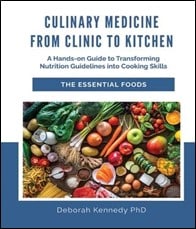
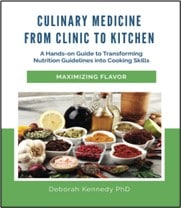
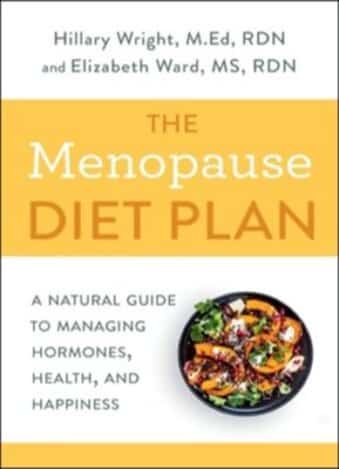



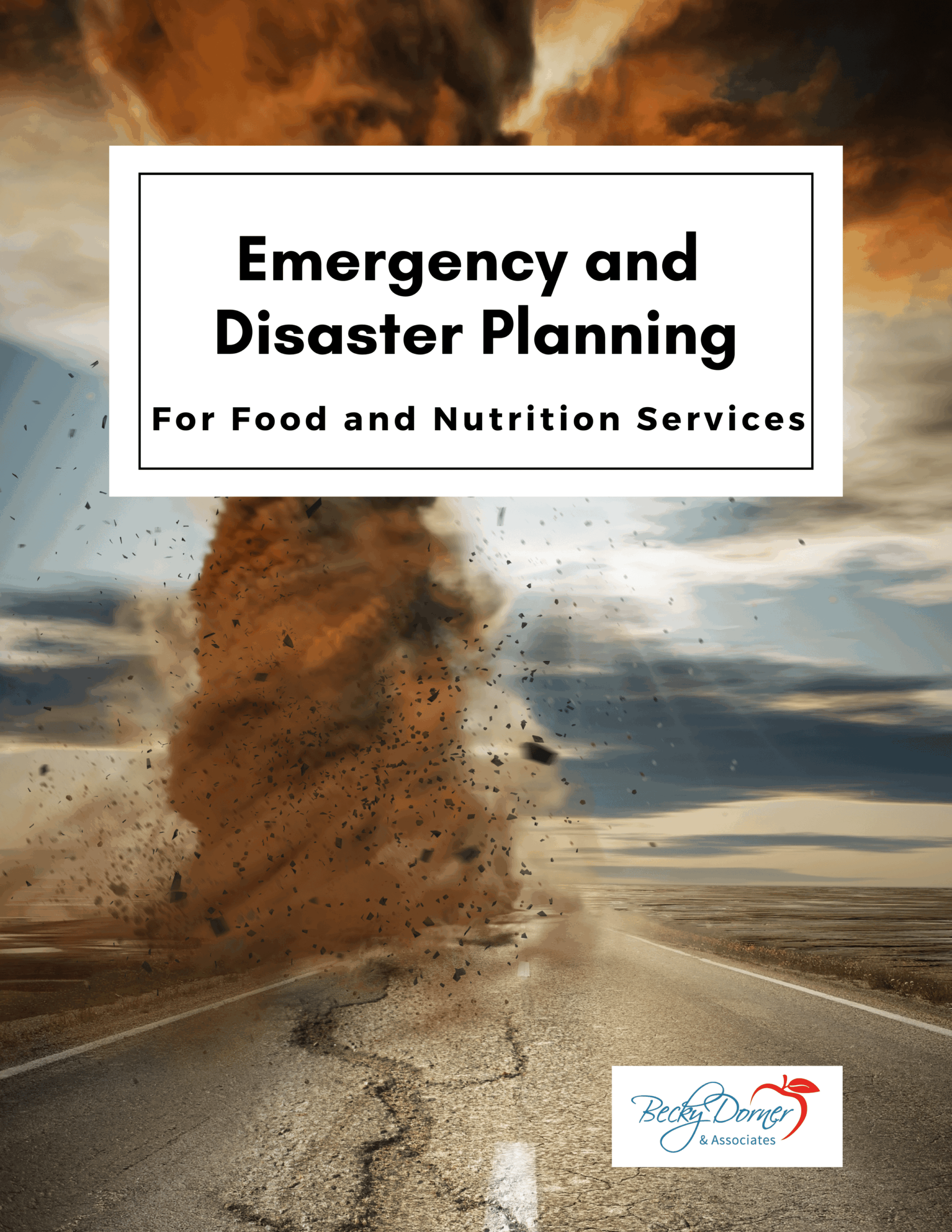
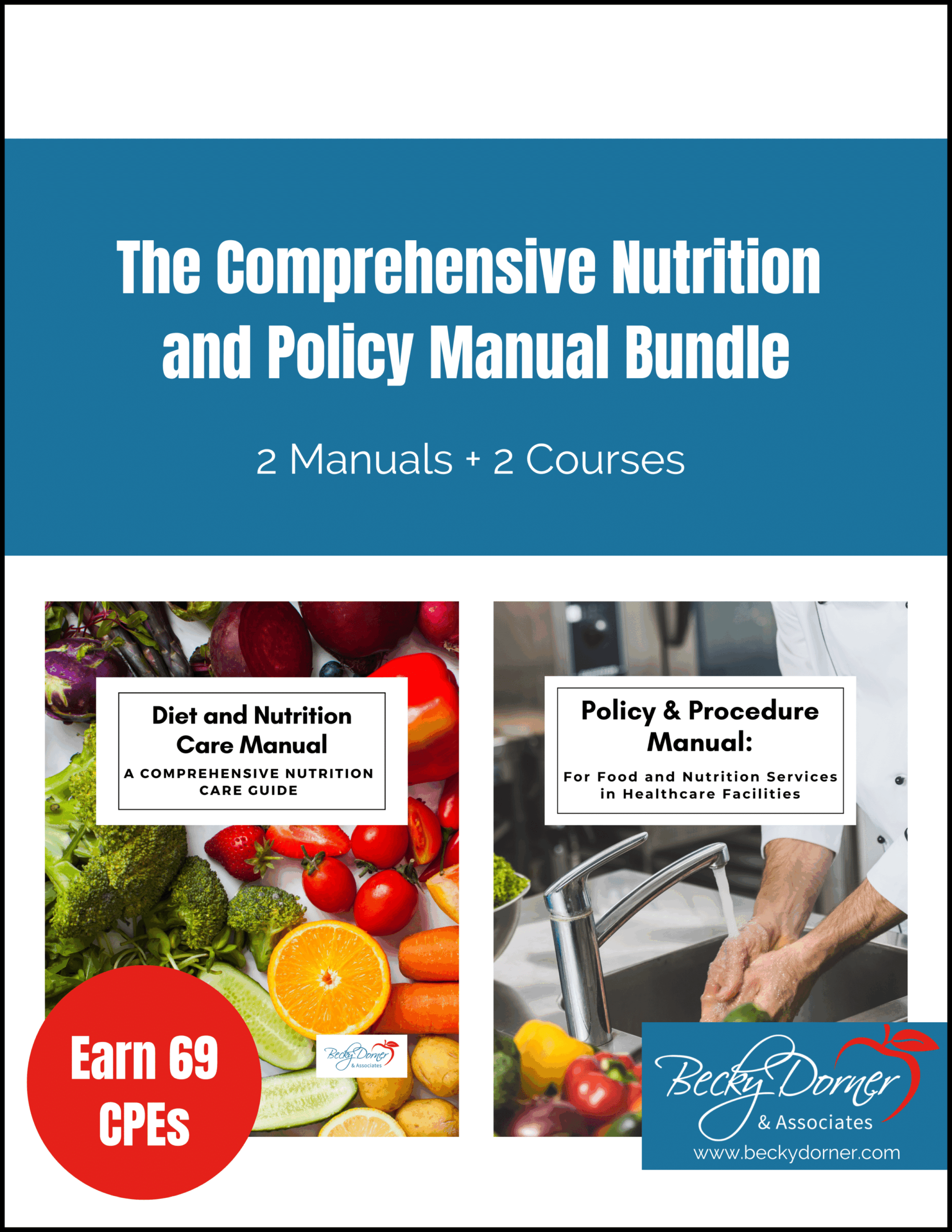
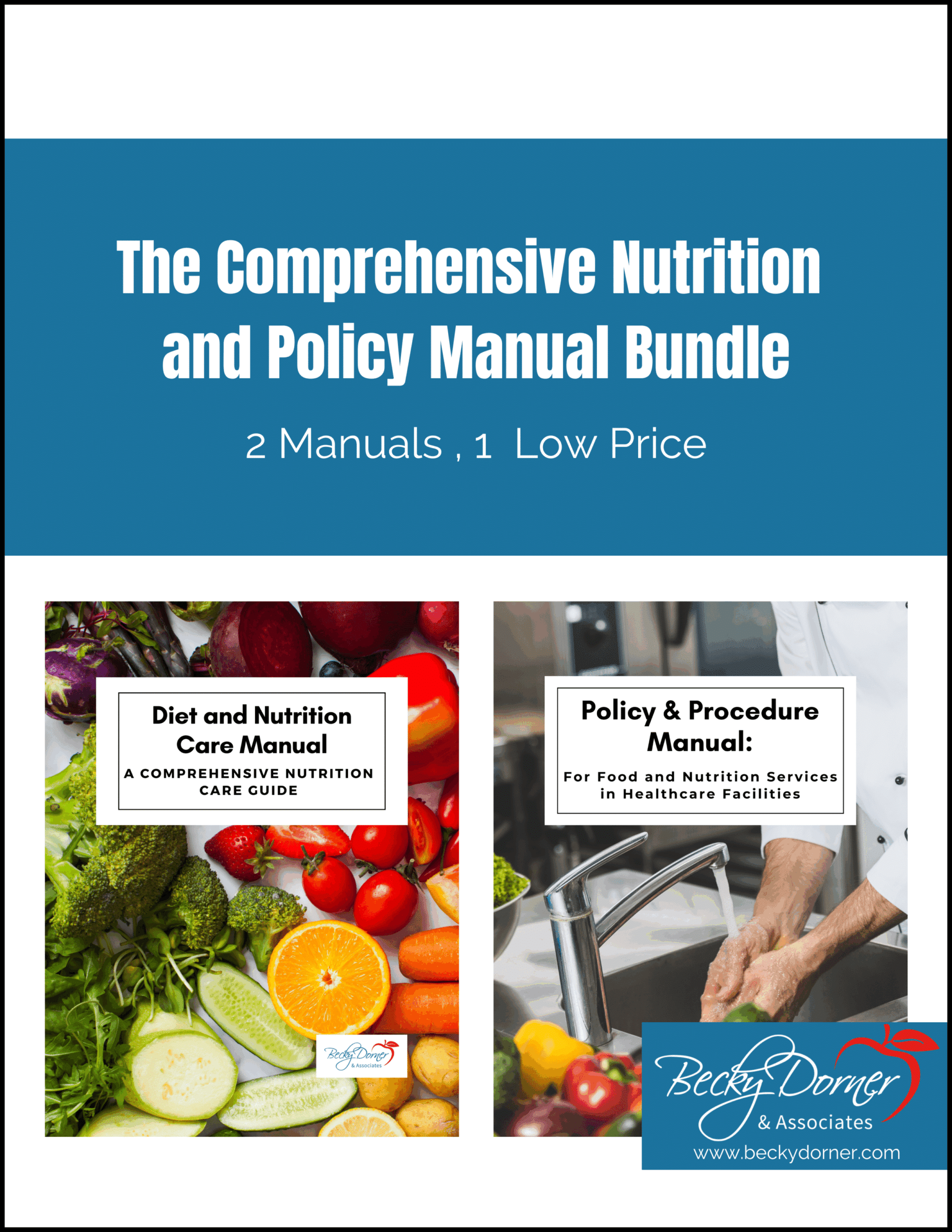



I really enjoyed this Becky. I am in academia on the community/policy side now, but always trying to keep up with my MNT. I have shared your opinion on this and your article was very informative.
Chris